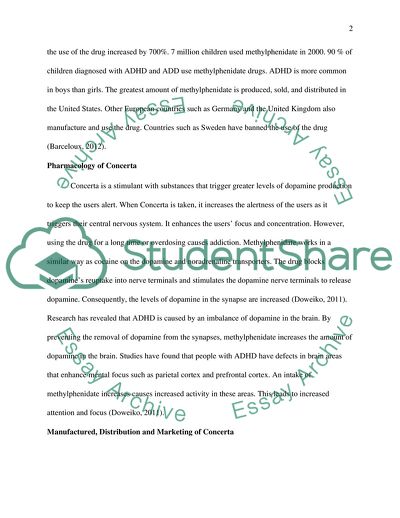Cite this document
(The Use and Abuse of Concerta Essay Example | Topics and Well Written Essays - 1750 words, n.d.)
The Use and Abuse of Concerta Essay Example | Topics and Well Written Essays - 1750 words. https://studentshare.org/health-sciences-medicine/1770261-the-use-and-abuse-of-concerta-methylphenidate
The Use and Abuse of Concerta Essay Example | Topics and Well Written Essays - 1750 words. https://studentshare.org/health-sciences-medicine/1770261-the-use-and-abuse-of-concerta-methylphenidate
(The Use and Abuse of Concerta Essay Example | Topics and Well Written Essays - 1750 Words)
The Use and Abuse of Concerta Essay Example | Topics and Well Written Essays - 1750 Words. https://studentshare.org/health-sciences-medicine/1770261-the-use-and-abuse-of-concerta-methylphenidate.
The Use and Abuse of Concerta Essay Example | Topics and Well Written Essays - 1750 Words. https://studentshare.org/health-sciences-medicine/1770261-the-use-and-abuse-of-concerta-methylphenidate.
“The Use and Abuse of Concerta Essay Example | Topics and Well Written Essays - 1750 Words”. https://studentshare.org/health-sciences-medicine/1770261-the-use-and-abuse-of-concerta-methylphenidate.


